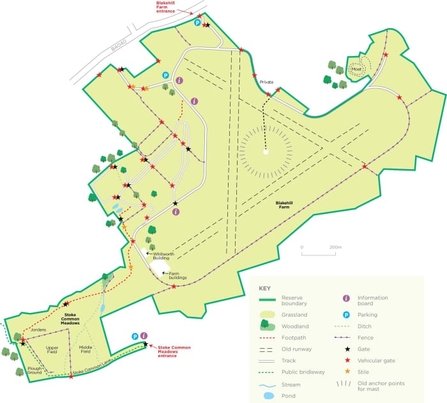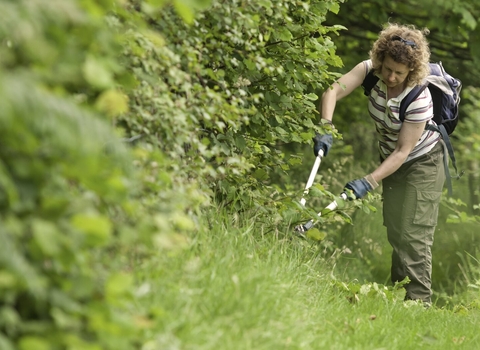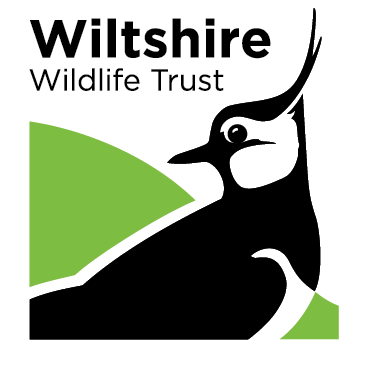
Ralph Harvey
Blakehill Farm including Stoke Common Meadow
Know before you go
Dogs
This is due to ground nesting birds and livestock. See our FAQ's for more information.
When to visit
Opening times
Open at all times.Best time to visit
Spring and summerAbout the reserve
In World War II Dakotas took off from here carrying troops and equipment to the battlefields of Europe. The old runways are long gone but they can still be traced by the changes in vegetation.
Learn more about the site's history
This former military airfield is now a wildlife-rich hay meadow and pasture, habitats which have steeply declined in Wiltshire and the UK. Blakehill is the biggest open grassland site in North Wiltshire.
Stoke Common Meadows are designated as a Site of Special Scientific Interest for the quality of species-rich grassland.
The grassland is home to brown hare, roe deer, and grass snake. Adder’s-tongue fern, great burnet, oxeye daisies, ladies bedstraw and bird’s-foot-trefoil flower in the grasses. Spiny restharrow and dyer’s greenweed are rare but survive here. Above the flowers fly small copper, brown hairstreak, common blue and marbled white butterflies.
The site is special for its farmland birds including wheatears, whinchats, stonechats, lapwing, skylarks, barn owls and short-eared owl. Blakehill is one of the last spaces in North Wiltshire where Curlew can be found.
Blakehill is the farm base for our northern reserves. We cut the hay in July after the skylarks have nested, then graze with cattle and sheep to control vigorous grasses. In some areas we are reseeding with local wildflower seed.
Stoke Common Meadows are designated as a Site of Special Scientific Interest for the quality of species rich grassland.
Accessibility and facilities
The main gate and disabled car park is shut at 5pm.
Species
Contact us
Environmental designation
Map of Blakehill


Volunteer, Aline Denton, cuts brambles and blackthorn as part of the farm's conservation management - Ross Hoddinott/2020VISION
Volunteer at Blakehill
RegisterGreat spot for a walk with the family. Easygoing for little ones as terrain is very flat, with a number of marked routes
Very quiet, very restful, very pretty countryside and quite a history too!

